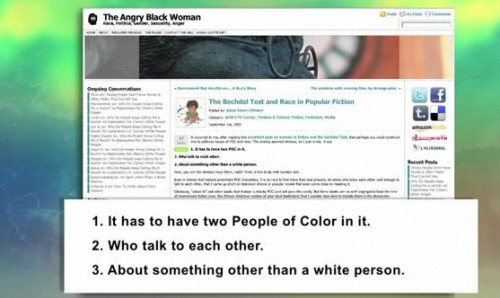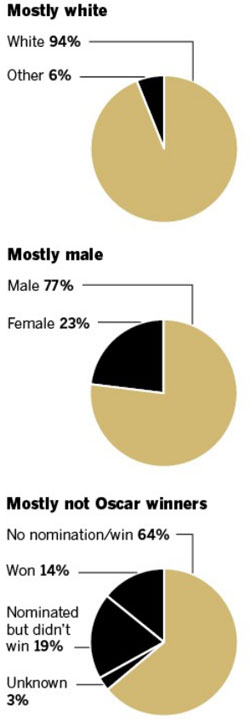On the heels of our guest post describing the surprising rise in hypersexually-objectified women on the cover of Rolling Stone, comes troubling research out of cognitive neuroscience, sent in by Dolores R.
Mina Cikara and colleagues did a series of experiments — using Implicit Association and fMRI — to test whether sexist and non-sexist men’s cognition varied when looking at sexualized versus non-sexualized images of women. In fact, when men who tested high on a scale of sexism were shown images of sexualized women, they associated them more easily with words that implied an objectified “thing” than a thinking “person.” This was reflected in the fMRI study.
The take home message? When sexist men are exposed to strongly sexualized messages, they are inclined to dehumanize women, to see them as things. Seeing someone as a thing is the first step towards treating her like her desires, thoughts, and preferences do not exist (because objects don’t think). In other words, it facilitates sexual assault.
So… hmmmm… who to pick on here. How about American Apparel…
American Apparel, this is brain poison (after the jump; NSFW):





